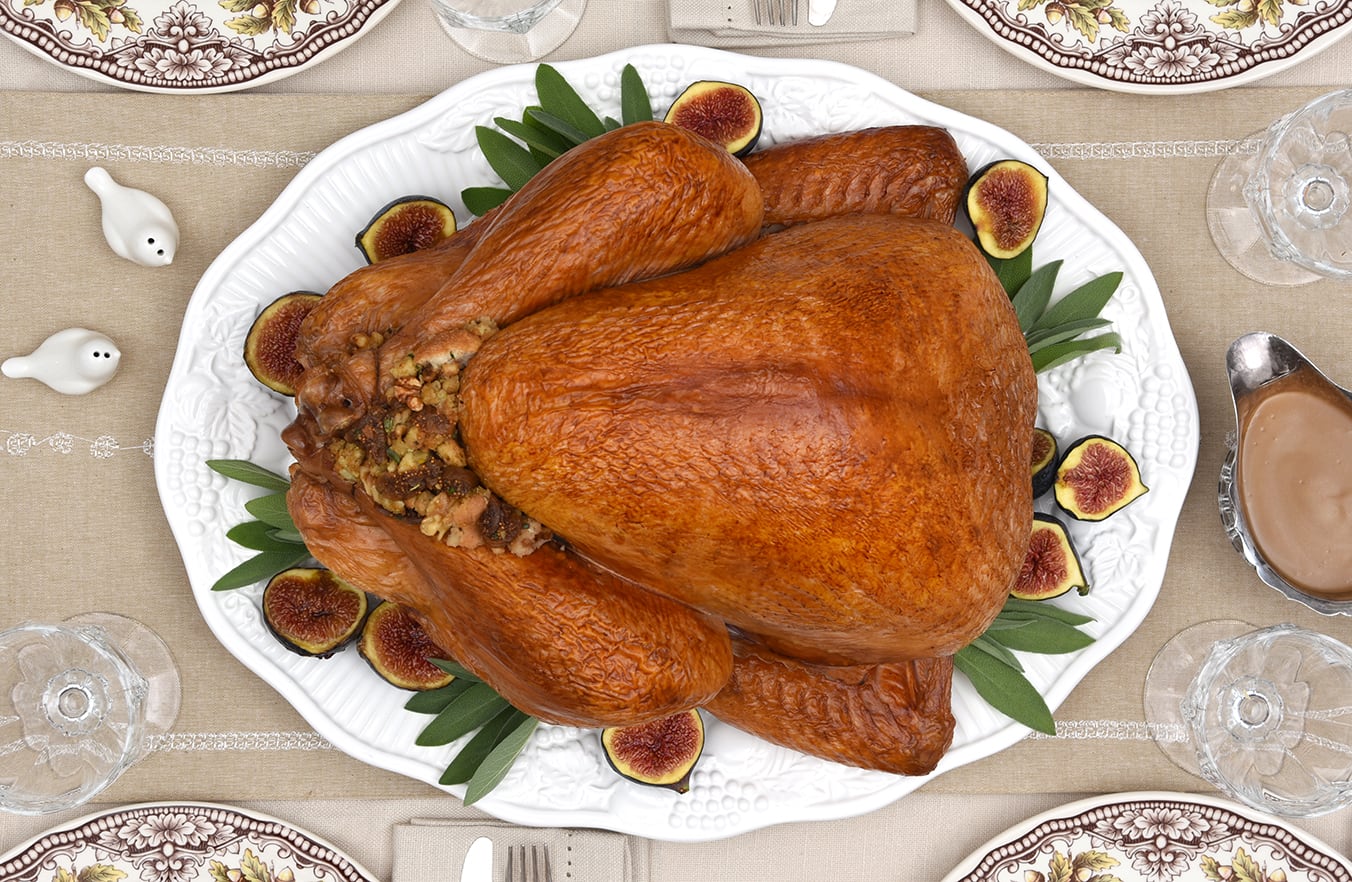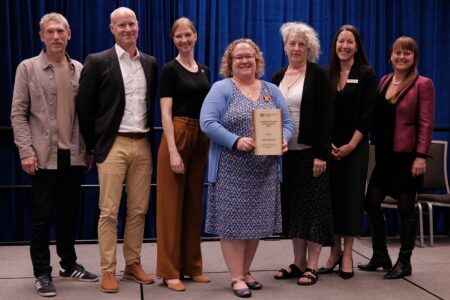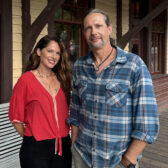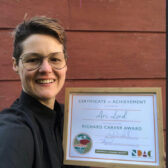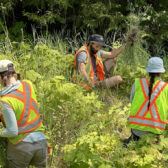It’s time to talk turkey – five food safety tips for the holidays
Interior Health is committed to promoting healthy lifestyles and providing a wide range of quality health-care services to more than 740,000 people living across B.C.’s vast interior, has a few tips when it comes for the public to spark up the oven to cook the Christmas turkey.
So, kick back and have a read of five food safety tips for the holidays — the most wonderful time of the year to enjoy good company and great food. As cooks spread joy this holiday season, take extra precautions to ensure you are not also spreading food-borne illness.
Follow the food safety tips below from Interior Health’s Kevin Touchet, Manager of Environmental Health, to help keep yourself and your loved ones happy and healthy this holiday season.
Tip 1: Store and thaw turkey safely
There are two ways to safely thaw a frozen turkey in its wrapper.
These include:
- In a clean sink full of cold water, changing water every 30 minutes (minimum 1/2 hour per pound). If the turkey cannot be completely covered by the water, rotate the bird every 30 minutes.
- On a tray on the lowest shelf in your refrigerator (five hours per pound). Make sure your turkey is on a tray big enough to catch any thawing liquid.
- Do not thaw turkey at room temperature because it allows harmful bacteria to grow.
- Do not try to thaw a turkey in the microwave. The outside temperature will be raised but the internal core could still be frozen.
- Fresh and thawed turkeys should be refrigerated for no longer than three days before cooking.
Tip 2: Clean carefully
- When preparing any holiday treats or meals, be sure to wash your hands, utensils, and work surfaces before prep work begins.
- Once your prep work is done, clean surfaces with hot soapy water, rinse, and then sanitize. Sanitizing can be done with a diluted bleach solution (two tablespoons of bleach per gallon of water / 18ml per 4.5L of water) that is left to sit for two minutes.
Tip 3: Avoid cross contamination
- Store raw meat away from food that is ready-to-eat, including fruit and vegetables. Turkeys should be wrapped well and stored on a large tray on the lowest shelf of your fridge, or in a meat keeper, to keep juices from contaminating other food.
- Ensure only clean utensils and cutting boards are used when preparing food. Use a separate cutting board and utensils to prepare raw meat.
- Wash hands frequently in warm soapy water, especially after handling raw meat.
Tip 4: Cook well
- For turkey, set the oven no lower than 350°F (177°C) and cook for approximately 20 minutes per pound.
- While 20 minutes per pound is a good guide, there are a number of factors that will determine actual cooking time needed. It is always best to use a meat thermometer to measure the turkey’s internal temperature to ensure its safe to eat.
- All parts of the turkey, including stuffing, should be at least 165°F (74°C) when removed from the oven. Health Canada recommends an internal temperature of 180°F (82°C) at the thickest part of the meat as additional assurance. Check the temperature in several places to be sure.
- Cooked food should be kept hot at 140°F (60°C) while waiting to be served.
Tip 5: Refrigerate
- Chill food immediately after returning from the store and soon after finishing a meal. Perishable food should be placed in the refrigerator within two hours of being removed from the oven.
- Health Canada recommends refrigerating leftovers for no more than two to three days. Put leftovers in the freezer to keep them longer.
- Interior Health is committed to promoting healthy lifestyles and providing a wide range of quality health-care services to more than 740,000 people living across B.C.’s vast interior, has a few tips when it comes for the public to spark up the oven to cook the Christmas turkey.


